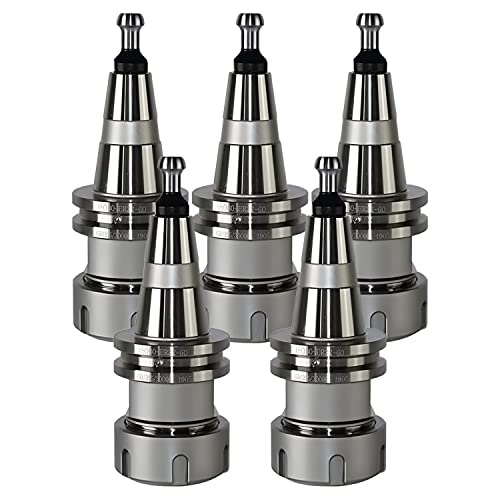I agree with crec, PrusaSlicer is very good. I use Simplify3D for my slicer, I bought it a few years ago and at the time it was pretty much the Gold Standard for slicers... now not so much. The current version of PrusaSlicer will do ALMOST everything that S3D will do, and the price certainly is right.
A number of years ago I found a g-code simulator for 3D printers. While I was waiting for my first 3D printer kit to be delivered I played around with the available slicers using the simulator to evaluate how they preformed. I found that Cura would sometimes miss putting support where it was needed, a 3D printer will NOT start printing in mid-air. Because of that issue I shied away from Cura, I realize that they have probably fixed that problem, but once burned and all that.
I also found that Slic3r would leave a gap in the perimeter if it could not fit in a complete perimeter. S3D on the other hand gives you the option of deciding if you want to fill this gap, either with solid infill or a single line. Let me tell you, the first time you hear and see a printer trying to fill a 0.5mm gap in the perimeter with solid infill at 60mm/second.... talk about shake-rattle-and roll! I believe that the new versions of PrusaSlicer will also fill in this gap, don't know about Cura but I would guess they probably do too.
I used Slic3r for a couple of years, and I absolutly HATED the way it handled support, I always found it extremely difficult to remove, consequently I avoided using support like the plague. S3D lets you manually add supports where ever YOU want to put them, or remove them from areas where you don't think they are absolutely needed. I don't know if PrusaSlicer or Cura will allow you to do this. I do know that the PrusaSlicer now allows for 0 top layers on the support, Slic3r used to use the same number of top layers on the support as it did on the part, which is what made it so hard to remove.
I like Simplify3D, but if I had to make the choice between downloading PrusaSlicer for free, or paying for S3D - it would be a MUCH harder decision tpday than it was years ago when S3D really shined. When you add in the fact that S3D DOESN'T have a printer profile for my MP10 and an update, while promised, is unlikely in the foreseeable future....
Bottom line, slicers are kind of like cars, Ford-GM-Mopar-whatever they all get the job done - you just have to pick the one that you like.
3D printers can get kind of addictive, I used to have 1 and not I've got 3. I use mine to make a lot of different stuff, repair parts for lamps and lawn fertilizer spreaders, dust collector parts, Christmas presents... The list just goes on and on.
Don






















































![TurboCAD 2020 Designer [PC Download]](https://m.media-amazon.com/images/I/51UKfAHH1LL._SL500_.jpg)











![DreamPlan Home Design and Landscaping Software Free for Windows [PC Download]](https://m.media-amazon.com/images/I/51kvZH2dVLL._SL500_.jpg)

